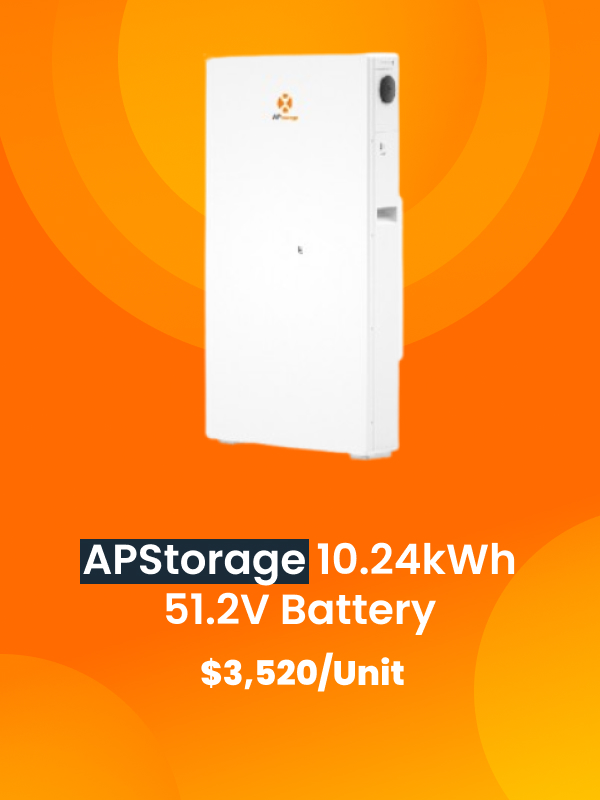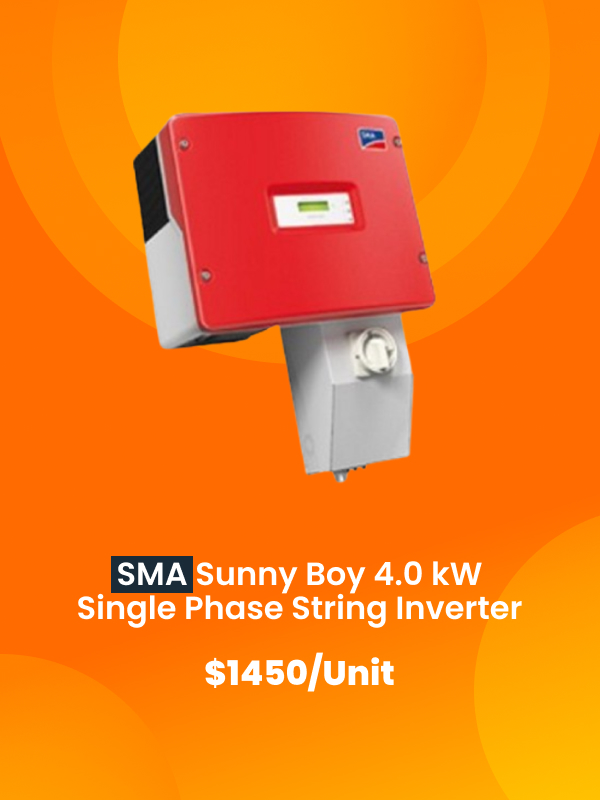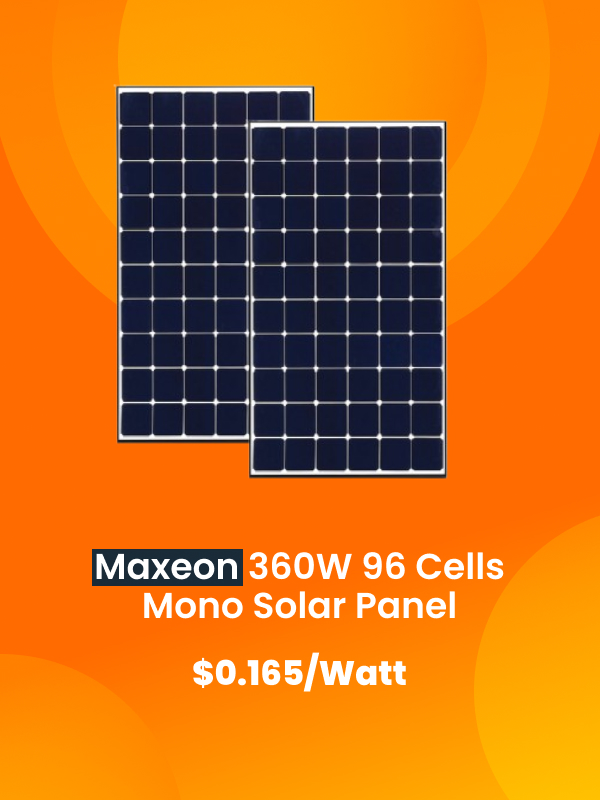Best Solar Panels for Home – If you’re researching solar panels for your home, you may wonder which type best suits your needs. There are a few things you’ll want to keep in mind, including the size and shape of your roof and how much sun you get in your area. And we take budget into consideration for all of our customers.
Each type has its pros and cons, but we find there’s a clear winner for most customers. Read on to find out more.
The three types of solar panels
There are three types of solar panels available on the market today: polycrystalline, monocrystalline, and thin film.
Polycrystalline solar panels
“Polycrystalline” means “made of many crystals.”
Polycrystalline solar cells are made by melting raw silicon and then pouring the fragments into square molds and slicing them into individual cells. This process is less energy-intensive and more cost-effective than the monocrystalline method—which involves cutting single crystals of silicon into thin wafers. This makes polycrystalline solar cells more affordable than monocrystalline panels. They’re identifiable by their bluish color.
As these panels are made from a very thin layer of material, they are also less efficient than monocrystalline panels.
Monocrystalline solar panels
“Mono” meaning “one” crystalline panels have black and typically rounded panels. They are manufactured by cutting a single silicon crystal into bars and cutting those into thin wafers. It is a purer and more stable product, which also makes it more expensive than its polycrystalline cousin.
It has a higher efficiency and power rating than a polycrystalline solar panel. We’ll get into those numbers next.
Thin film solar panels
Whereas both mono- and polycrystalline panels are manufactured from silicon, thin film solar panels can be made using three different materials:
- Amorphous Silicon– bendable, but lower efficiency than the other three materials, making them less effective for residential use.
- Cadmium Telluride– most common thin film panel and less expensive than amorphous silicon. Cadmium, however, is a toxic element which makes them difficult to manufacture and there are end-of-life concerns.
- Copper Indium Gallium Selenide– efficient and flexible but also composed of cadmium.
Thin films are identifiable by their extremely thin and light-weight appearance. At 1 micron thick, they are 350 times thinner than crystalline panels, which could make them practical in the future. They are less efficient than crystalline panels and do not last as long, but they are attracting attention of late because of their low cost and ease of installation. It performs better at high temperatures than its crystalline counterparts, which are more effective in cooler temperatures.
What is the lifespan of each type of panel?
It depends on their degradation rate. What this means is how much their power output decreases each year. Across all three technologies, the average degradation rate is .5%/year. Power degradation is most affected by exposure to UV rays, weather and how well the panels are maintained.
Monocrystalline: Standard warranties cover 25-30 years. Panels in a recent study performed by Sandia proved panels could produce up to 80% of their beginning of life rate past the 30 year range. Monocrystalline panels have been effective for up to 40 years.
Polycrystalline: In the same Sandia study, polycrystalline panels tested past the 30 year range. They have lifespans around 25-35 years.
Thin film: Thin films have the shortest life span of 10-20 years.
What is the efficiency rating of each type of solar panel?
Efficiency refers to how much sunlight is converted into energy by a panel and it is also affected by degradation rates.
As time goes on and panels are exposed to UV rays and damage, they will lose efficiency at a rate from .3%- 1% per year. This means you can expect crystalline panels to operate at about 85% of their original efficiency at that 30 year mark when a typical crystalline panel warranty expires. That means they’ll still work, but not as effectively as they did when you bought them.
Monocrystalline panels efficiency ratings average from 15 to 20%, with improvements coming as technology continues to develop.
Polycrystalline solar panels have an efficiency rating of about 13-16%, which is still very solid. As with monocrystalline panels, improvements are on the way.
Thin film panel efficiency depends on which of the materials we mentioned above is used to manufacture the cells. They are the lowest efficiency panel and solar customers can expect anywhere from 7 to 18% efficiency.
As you can see, there is a less significant leap between poly to monocrystalline, but a pretty big dip from each of the crystalline panels to thin film at this point in time.
How much energy does each type of panel produce?
We often find some confusion over a few words that we’d like to clear up for you.
First, efficiency and output are concepts that can be easily confused.
Efficiency refers to how much sunlight panels take in and use as energy. Output refers to how much electricity they produce using the sunlight. You may also hear the word production used, which is a word that refers to its output. We will get to those numbers in a moment.
There is a third concept, capacity, that refers to how much energy a solar panel can produce at full blast. Capacity is measured in kiloWatt hours (kWh).
So:
- Efficiency is how much sunlight a solar panel can turn into energy
- Output is how much electricity is generated from that sunlight and is the same thing as production
- Capacity refers to the maximum level of energy a panel can produce. This is measured in
Now to the numbers:
If you’re noticing a trend here, monocrystalline panels top the list again.
Monocrystalline panels– Up to 400 watts for 72 cell solar panels
Polycrystalline panels– Up to 350 watts for 72 cell solar panels
Thin film panels– Up to 250 watts per panel
Crystalline modules are more powerful at this point than thin film panels.
How do I know which type of solar panel is right for my home?
The type of solar panel you choose for your home will depend on several factors.
Sunlight– Consider how much sunlight your panels will be exposed to. If they’ll be getting a ton of rays, polycrystalline’s lower efficiency might still be an option.
Temperature– Thin film panels perform best in extremely high temperatures. That’s not to say that crystalline panels don’t perform at their usual levels. They do. It’s something worth taking into consideration.
Elements– We had discussed degradation earlier, or how UV rays and weather events can affect your panels. You’ll want to consider how much sun exposure, and hail or other weather events can affect your panels. You’ll also want to consider whether you’ll be able to maintain your panels.
Budget– Monocrystalline panels are the right choice for most customers. While they have a higher upfront cost, they are a premium panel because they have higher efficiency ratings and produce more energy. They just last longer. The up front cost can also be offset with federal and state incentives. This includes net metering, which allows you to make money back on excess energy that your panels put into the grid.
How to choose the right solar panel supplier?
There are important questions to answer when it comes to investing in solar panels. Which type is best for me? How long will they last? What’s the efficiency rating? And how do I know which supplier to choose?
For that last one, contact Sunhub so that we can guide you in the right direction.
We’ll help you find out which of the three panels makes the most sense for you and then choose the best manufacturers, parts and installers. For DIYers, we’ll hook you up with the right kit to get you started. With rising energy costs, now is the time to make the switch to solar power and get started saving today.




